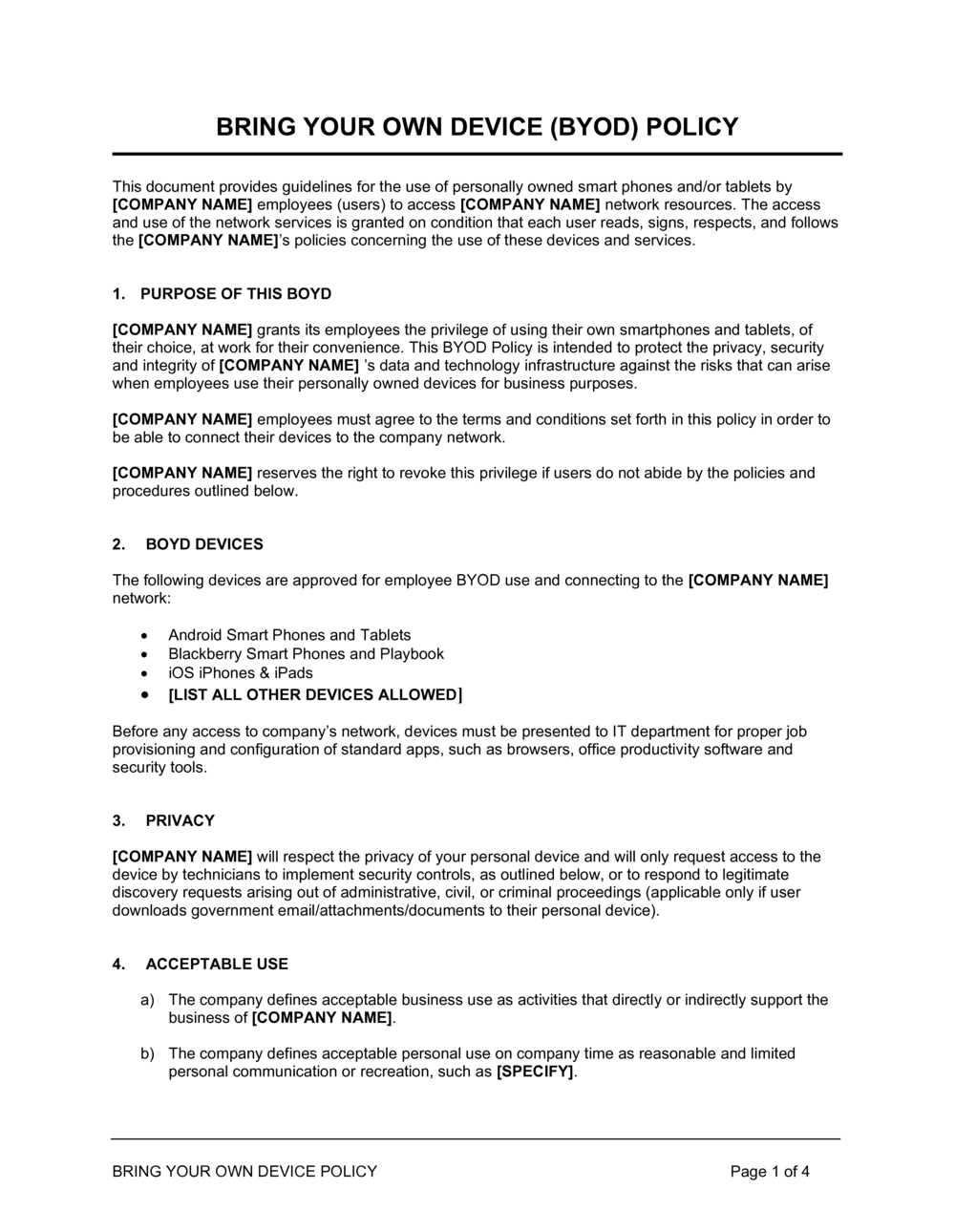It provides informa-tion about a certain items content. The Data Governance Committee will appoint data stewards and through the establishment of data policies and organizational priorities provide direction to them and data administrators.
 Top 10 Artifacts Needed For Data Governance
Top 10 Artifacts Needed For Data Governance
The College has designated the following Data Stewards by title.

Data governance policy. Ad Learn To Leverage Data Governance To Help Improve Data Quality Enable Self-Service. Vice President and Special Assistant to the President. A data governance policy is a documented set of guidelines for ensuring that an organizations data and information assets are managed consistently and used properly.
The Data Governance Committee is a body that meets regularly to address a variety of data issues and concerns. The purpose of the data access policy is to ensure that employees have. Data Governance is an integral component of a Governance Risk Management and Compliance GRC framework.
The policies and procedures delineated below serve as useful guidance to. Only when Data Management Policy is approved and supported by the Senior-most Management can organizations truly start taking steps toward governing and stewarding its. The purpose of the Data Governance Policy is to.
And Facilitate The Democratization Of Analytics Across The Organization. The application of Data Governance provides risk mitigation against operational and regulatory issues that are caused by inaccurate misinterpreted or inconsistent data. ENTITIES AFFECTED BYTHIS POLICY.
Policies and standards for data governance Following is a master list of all Data Governance policies procedures and guidelines. Agencies with establishing and maintaining a successful data governance program to help ensure the individual privacy and confidentiality of education records. 2 Data Access Policy.
The Data Governance Policy addresses data governance structure and includes policies on data access data usage and data integrity and integration. Data Management Policy by itself CAN change your organizations philosophy toward managing data as a valued enterprise asset. Data Stewards designate or in some cases act as Data Custodians by functional area and data area.
A data governance policy can include procedures that collect secure store and delete data. And Facilitate The Democratization Of Analytics Across The Organization. Data Governance Policies should reflect the organizational vision for data as an asset and every organization I have come across large and small has a different view on it.
Data Stewards are College officials who have policy-level responsibility for managing a segment of the Colleges data. Master data management is another term for the concept of a centralized single source for enterprise data one version of the truth. Develop best practices for effective data management and protection.
Define the roles and responsibilities for different data creation and usage types cases andor situations and to establish clear lines of accountability. Metadata describes other data. UNLV DATA GOVERNANCE POLICY PAGE 2 of6 Improve the integrity of the data resulting in greater accuracy timeliness and quality of information for decision-making.
Data governance can be defined as an organizational approach to data and information management that is formalized as a set of policies and. Data governance is all about data quality and reliability it establishes the rules policies and procedures that ensure data accuracy reliability compliance and security. Data governance refers to how data is managed and used from its inception to its deletion.
You can contact the Data Information Governance Office via email datagovunsweduau. Data Governance Policy The purpose of data governance is to establish a culture that ensures that institutional data is both secure and available to those who should have access to it. Ad Learn To Leverage Data Governance To Help Improve Data Quality Enable Self-Service.
These are developed and maintained by Data and Information Governance office. Such guidelines typically include individual policies for data quality access security privacy and usage as well as roles and responsibilities for implementing those policies and. Data Governance Policies and Procedures quality-assuring persisting and distributing such data through-out an organization to ensure consistency and control in the ongoing maintenance and application use of this information.




